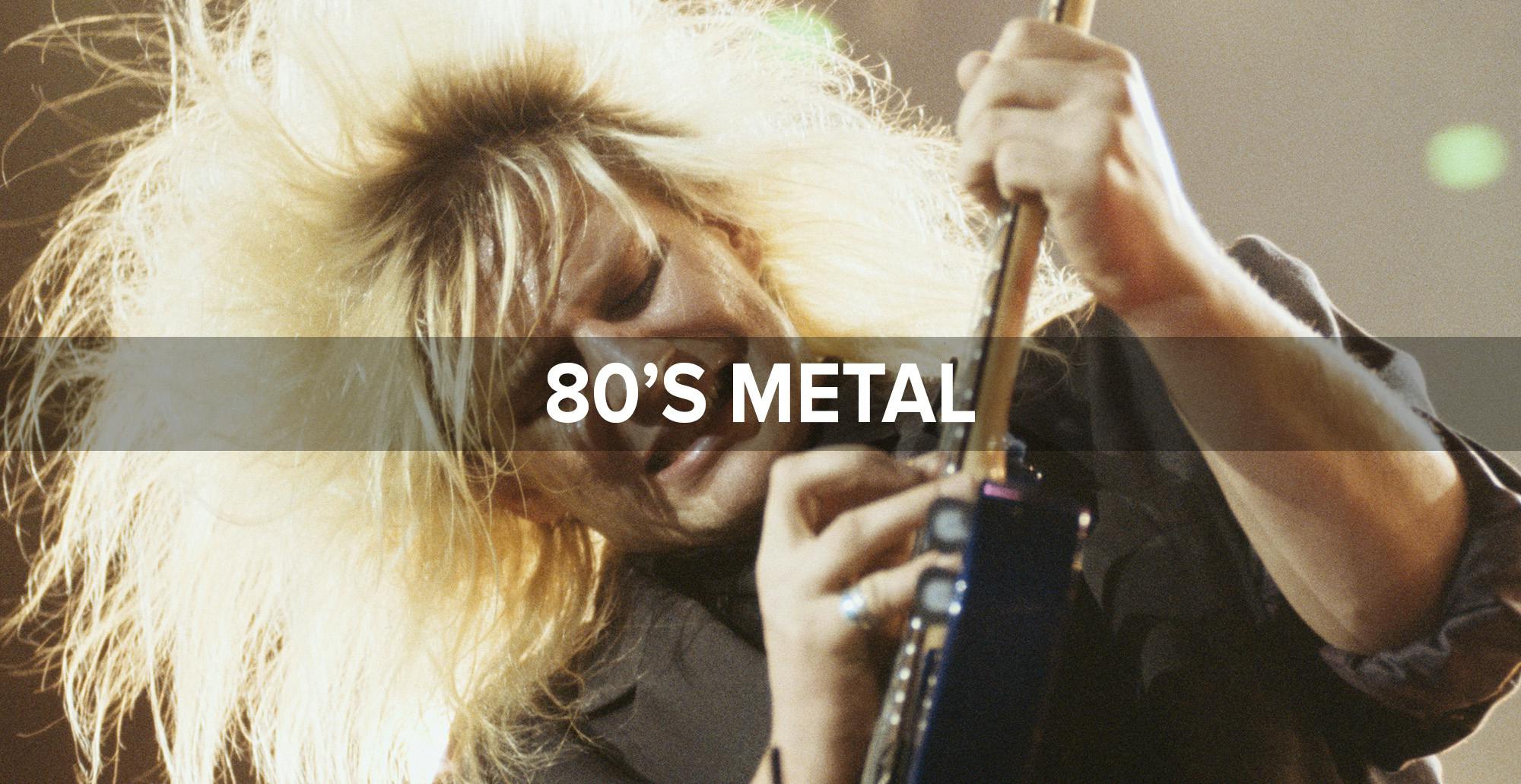Calling Dr. Love by Kiss
"Calling Dr. Love" by Kiss is an iconic track that perfectly captures the essence of classic rock guitar. This guitar lesson focuses on recreating the raw energy and intricate techniques used in the song, offering a deep dive into the signature styles of the legendary band. Whether you're a seasoned player looking to master Kiss’s distinct sound or a beginner aiming to expand your skillset, this lesson provides the tools you need to accurately reproduce the song's riffs, solos, and rhythm parts. Richard Shaw breaks down this classic rock track in this exclusive Lick Library video tutorial.
About the Guitarists: Ace Frehley and Paul Stanley
"Calling Dr. Love" showcases the guitar work of Ace Frehley and Paul Stanley, two of rock's most influential guitarists. Ace Frehley, known for his melodic solos and fiery lead work, played a significant role in shaping the sound of Kiss. His ability to blend blues-based licks with explosive rock techniques made him a guitar hero for many. Paul Stanley, the rhythm guitarist, and co-lead vocalist, brought a sense of groove and energy to the band, ensuring that the rhythm parts were as memorable as the solos. Together, their guitar interplay on "Calling Dr. Love" is a masterclass in rock guitar, making it an essential study for any aspiring guitarist.
Guitar Techniques Focused in the Lesson
Power Chords and Palm Muting
The backbone of "Calling Dr. Love" lies in its powerful, driving rhythm guitar, heavily based on power chords. Power chords are essential in rock music, providing the song with its heavy, authoritative sound. This lesson demonstrates how to execute power chords with precision, ensuring that you capture the punch and energy necessary for the track.
In addition to power chords, the use of palm muting adds a rhythmic intensity to the verses. Palm muting creates a percussive, muted sound that drives the rhythm forward, adding dynamics and tension to the song. Learning this technique is crucial for adding texture and control to your playing, making your rhythm parts more engaging and powerful.
String Bending and Vibrato
Ace Frehley’s lead work in "Calling Dr. Love" is marked by expressive string bending and vibrato. String bending involves pushing the string up or down to reach a higher pitch, adding emotion and a vocal-like quality to your solos. This technique is not only about hitting the right pitch but also about controlling the bend to make it sound smooth and natural.
Vibrato, often combined with string bending, involves a slight back-and-forth motion of the fretting hand to oscillate the pitch. This technique adds sustain and expressiveness to notes, making them stand out in a solo. Mastering vibrato is key to developing your unique sound and adding personality to your lead playing.
Slides and Hammer-ons
Throughout the song, slides and hammer-ons are used to create fluid, connected lines in both rhythm and lead parts. Slides involve moving from one note to another along the same string without lifting the finger, which can create a smooth, seamless transition between notes. This technique is particularly effective in connecting power chords and single-note lines, adding a sense of movement and continuity.
Hammer-ons are used to create quick, articulate notes by 'hammering' the finger onto the fretboard. This technique is essential for achieving the rapid note transitions that are a hallmark of Ace Frehley’s style. Hammer-ons, combined with slides, help in building speed and fluidity in your playing, which is vital for mastering solos and riffs.
Double Stops and Bluesy Bends
The solo section of "Calling Dr. Love" makes excellent use of double stops and bluesy bends, giving the solo a rich, harmonically complex sound. Double stops involve playing two notes simultaneously, which can add depth and harmony to a melody line. This technique is frequently used in rock solos to add a thicker, more robust sound.
Bluesy bends are a type of string bending that emulates the vocal inflections found in blues music. These bends often include a slight microtonal push beyond the standard half or whole step, adding a gritty, soulful feel to your playing. These bends are crucial for capturing the blues-rock vibe of Kiss's music and are an excellent way to add emotional depth to your solos.
Pick Slides
One of the most iconic sounds in "Calling Dr. Love" is the use of pick slides. This technique involves dragging the edge of the pick down the length of the strings, creating a dramatic, scraping noise that adds an element of excitement to the song. Pick slides are often used in rock music to build tension or signal a transition, and they are an easy yet effective way to add flair to your playing.
List of Guitar Techniques Covered in the Lesson
This lesson on "Calling Dr. Love" is an in-depth exploration of these essential guitar techniques, all of which contribute to the song's timeless appeal. By mastering these techniques, you'll not only be able to play this classic track but also expand your overall guitar skills, making you a more versatile and confident player.
List of Guitar Techniques Used in This Lesson
Through this lesson, enhance your playing technique and immerse yourself in the legacy of KISS's distinctive rock sound.





